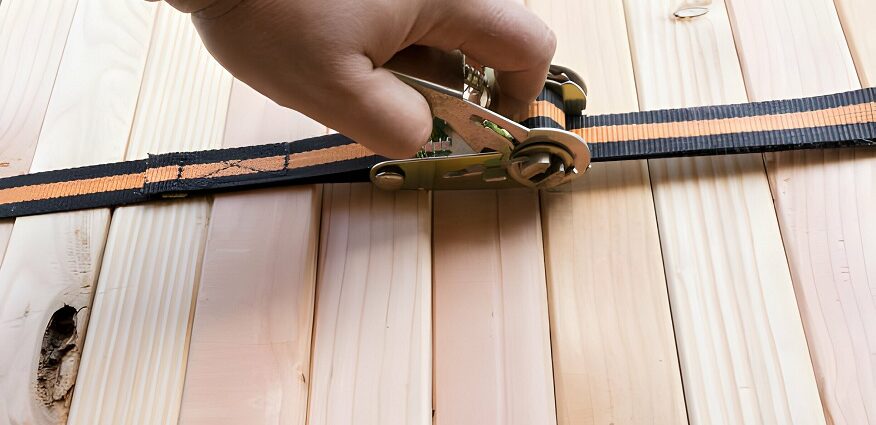Transporting mobility devices is not always as straightforward as you might think. Some devices, like power chairs and scooters, offer plenty of challenges. Those challenges can be exacerbated by tie-downs that are either not suitable for purpose or not of the highest quality.
As a wheelchair user myself, transporting mobility devices is something I think about a lot. I do my best to be as efficient and safe as possible. As I learn new tips and tricks, I try to pass them along to others. Below are some of the more important tips I have picked up over the years.
Tip #1: Always Use Four Anchor Points
If you are transporting a wheelchair that can be folded and stored flat, tie-downs are probably not something you worry about. But if you have a powerchair, scooter, or rigid frame wheelchair, tie-downs are part of the package. That said, here is my first tip: always use four anchor points.
Anchor your mobility device at each of the two front wheels and corresponding anchor points on the rear. This will keep your scooter or chair secure during acceleration, braking, and turning in either direction.
Tip #2: Ratchet Straps for Exterior Transport
I transport my chair inside my vehicle, but I know plenty of people who transport power chairs and scooters on exterior decks. Your best tie-down choice for exterior transport is the ratchet strap. These are the same types of straps truckers use to secure loads to flatbed trailers.
You do not need professional-grade straps here. But you do need straps strong enough to hold your chair or scooter in place. When you buy straps, make sure to check the working load limit (WLL). The combined WLL of all four straps should be at least 80% of your chair or scooter’s weight. Otherwise, they will not be strong enough to do the job.
Tip #3: Chocks for Interior Transport
I have found it’s better for my straps and cam buckles (I use Rollercam cam straps to secure my chair) to not leave the straps under maximum tension all the time. It is not so much that the straps cannot handle it, but that maximum tension puts unnecessary stress on my chair. I have already broken one frame that should have lasted a lot longer than it did.
My solution now is to chock all four wheels once the chair is loaded. Then I can reduce the tension on my cam straps. The chocks prevent the chair from moving under normal conditions. Meanwhile, the straps still do their job during braking and acceleration.
Tip #4: Replace Frayed Straps
The professionals will tell you to never try to salvage frayed straps. A frayed strap has lost some integrity even if it has been repaired. I agree with that assessment. Ratchet and cam straps will fray over time. It is normal. Don’t sweat it. When you do notice that a strap is frayed, stop using it. Replace it with a new one right away.
Tip #5: Double Check Your Straps Before Departure
My final tip is to double check all your straps before departure. If you are using an exterior transport system, make sure none of your straps are hanging loose. You don’t want them dragging on the ground or flapping against the car. For interior transport, make sure your straps are not caught in the door.
Some mobility devices are easier to transport than others. But it is never as easy as it looks. Eventually, you work out a system and everything goes smoothly from there. I credit the success of my system partly to my tie-down straps.

